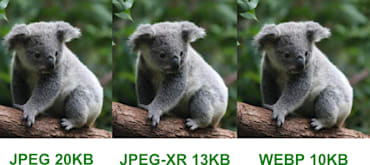And so the song goes, well, more or less.
There really are an abundance of content delivery networks (CDNs) out there; and a time and a place in which each of those CDN services could win the race for fastest, most reliable, or best fit for for your resources. But somehow, you have to choose one, right?









